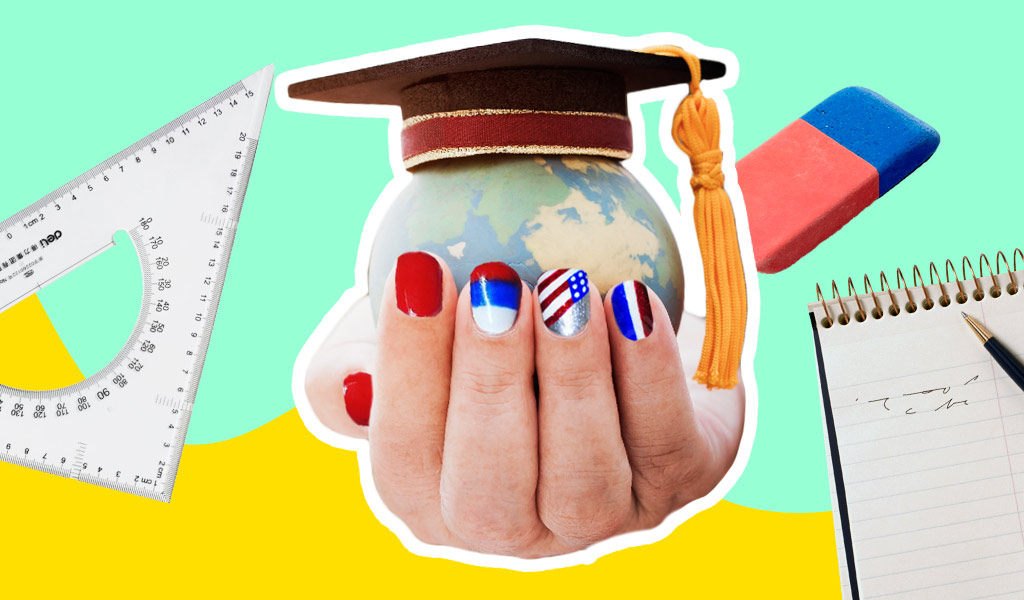In the United States, let’s take Princeton University as an example, no one will be surprised, let alone condemned, for choosing an atypical specialty. No one will look down on a girl if she enrolled in a metalworking course and masters a lathe. Yes, in Russia there is distrust of a woman’s ability to master that method or skill.
In this regard, in America, the fairer sex is treated equally with the guys. Also in the USA, unlike in Russia, all experimental facilities are made by the students themselves, this experience may be useful in the future for writing a thesis and furthering their career.
Financial aid.
In Russia, education “on a budget” is available only to those applicants who have scored a certain number of points on the USE. Thus, financial assistance from the state does not depend on the welfare of the student’s family.
Study intensity.
In Russia, in many universities it is possible not to appear at lectures at all, but a week before the session, master all the material covered in shock order and pass the exam with brilliance. The assessment depends primarily on how the student performs in the session. Therefore, they say that “from session to session, students live happily.”
Classes/subjects.
Having entered a Russian university, a student receives a general meeting on the very first day of admission – lectures go from morning to lunch (or even until evening!), One after another. The schedule is made up of 10-15 subjects, and can be used per student, with the exception of some special elective courses.
Communication with the teacher
In most domestic universities, a typical lecture looks like this: a professor speaks, students take dictation, and at the end of the class, five minutes are allocated for questions. At seminars, everyone behaves a little freer and more relaxed – but this is not a guarantee of friendly relations. Most often, the distance is felt.


